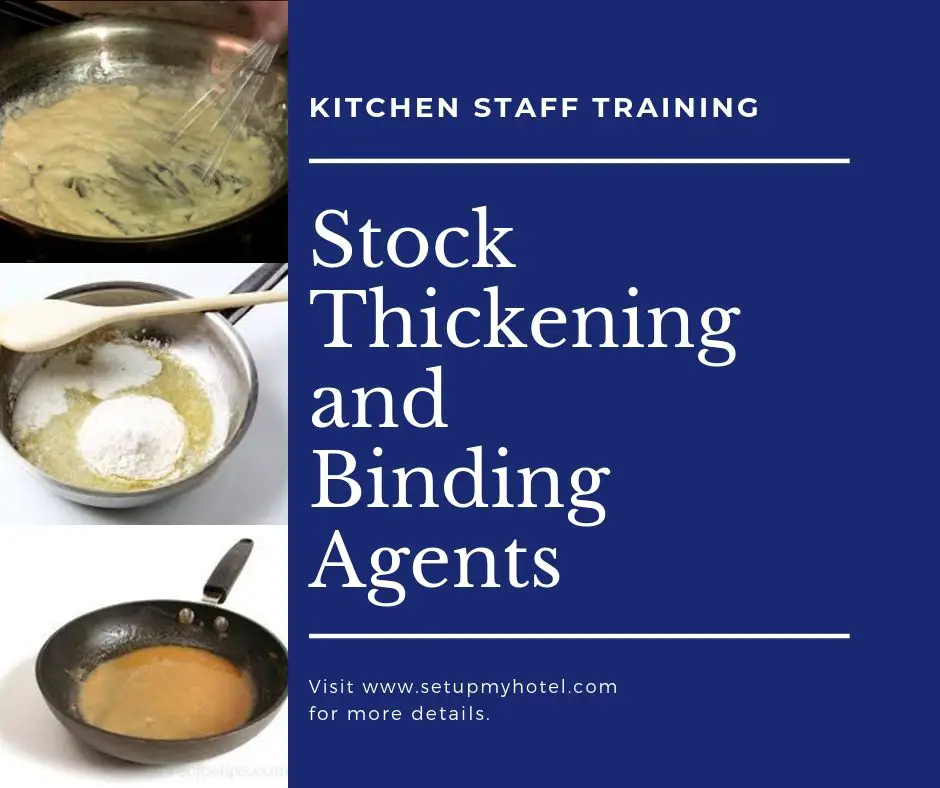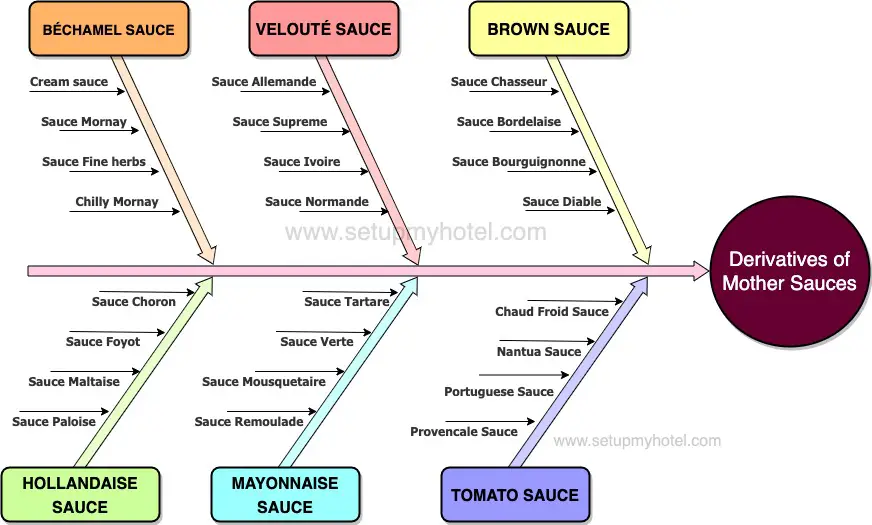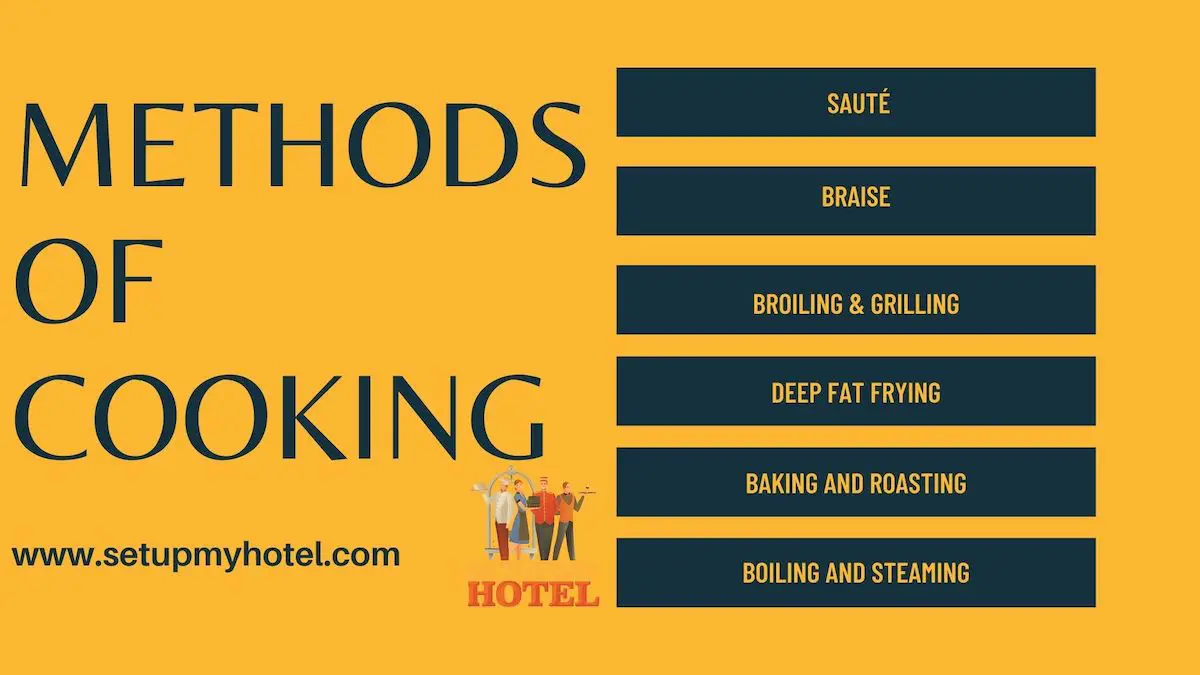37 Duties And Responsibility For Executive Chef

Job Description, Duties, Interview Questions and Salary for Executive Chef Position An executive chef is a highly skilled culinary professional ...
Read more
23 Basic Pastries, Cakes And Desserts For Bakers And Pastry Chef

Basic Pastries, Cakes and Desserts For Bakers and Pastry Chef Baking is a wonderful way to express creativity and satisfy ...
Read more
Stock Thickening And Binding Agents Used In Hotel Kitchen

Standard Stock Thickening and Binding Agents Thickening agents give body, consistency, and palatability when used. They also improve the nutritive ...
Read more
The Six Mother Sauces: A Beginner’s Guide To French Cuisine

Derivatives of Basic Mother Sauce’s Basic mother sauces are the foundation of French cuisine and consist of five sauces: Béchamel, ...
Read more
21 Types Of Cooked Eggs / Types Of Eggs Cooked

Types of Cooked Eggs / Types of Eggs Cooked Eggs have been a staple of human diets for centuries. They ...
Read more
Hard Boiled Eggs Time – How to Make Perfect Hard Boiled Eggs?

Hard boiled eggs time – How to Make Perfect Hard Boiled Eggs? Hard boiled eggs are a versatile and healthy ...
Read more
19 Types Of Eggs

Types of eggs Eggs are a staple in many households and come in different varieties. The most commonly consumed eggs ...
Read more
Uses Of Medium Duty Equipment In The Hotel Kitchen

Uses Of Medium Duty Equipment In The Hotel Kitchen Medium-duty equipment is a necessary piece of hotel kitchen infrastructure. It ...
Read more
6 Main Methods Of Cooking

Six Main Methods Of Cooking Cooking methods vary widely, each offering a unique approach to preparing food. The act of ...
Read more
Standard Meat Selection Criteria In Hotels

Standard Meat Selection Criteria in Hotels The standard meat selection criteria in hotels involve a careful consideration of various factors ...
Read more









